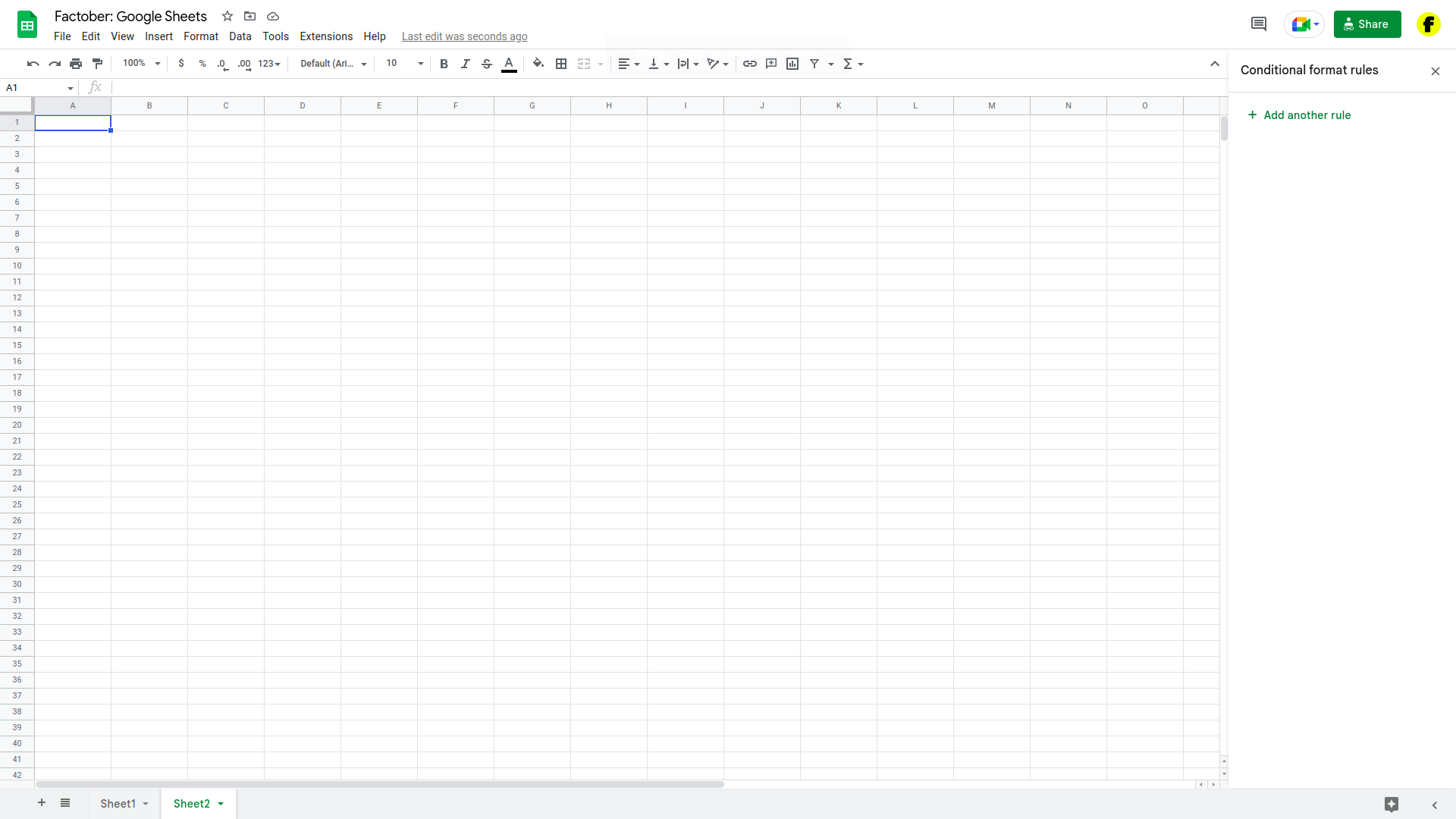10 Tips for Using Google Sheets Like a Pro

Are you looking to up your Google Sheets game? Whether you’re a beginner or an advanced user, these 10 tips will help you work more efficiently and effectively with Google’s popular spreadsheet tool. From mastering formulas to collaborating with others, these tips will help you get the most out of Google Sheets.
Tip 1: Use keyboard shortcuts
Keyboard shortcuts are a great way to save time and be more efficient when using Google Sheets. Some of the most useful shortcuts include:
- Ctrl + C to copy
- Ctrl + V to paste
- Ctrl + Z to undo
- Ctrl + Y to redo
- Ctrl + A to select all cells
- Ctrl + Shift + L to apply filters to a range of cells
Tip 2: Master formulas
Formulas are a key part of what makes Google Sheets such a powerful tool. From basic arithmetic to more advanced functions, formulas can help you perform a wide variety of calculations on your data. Some of the most useful formulas to know include:
- SUM to add up a range of cells
- AVERAGE to calculate the average of a range of cells
- IF to perform conditional calculations
- VLOOKUP to search for data in another sheet or table
Tip 3: Use cell references
Cell references are an important concept to understand when using formulas in Google Sheets. They allow you to refer to specific cells or ranges of cells in your formulas, rather than entering the data directly. This makes it easier to update your formulas and ensures that they will still work correctly even if you move or delete cells.
Tip 4: Use named ranges
Named ranges allow you to assign a name to a range of cells in your sheet. This can make it easier to work with your data and make your formulas more readable. For example, instead of using a cell reference like “A1:A10,” you could use a named range like “SalesData.”
Tip 5: Collaborate with others
Google Sheets is a great tool for collaborating with others in real time. Simply share your sheet with others, and they’ll be able to view and edit it with you. You can also use the built-in chat feature to communicate with your team members while you work.
Tip 6: Use the Explore feature
The Explore feature in Google Sheets can help you quickly and easily analyze your data and create charts and graphs. Simply click on the Explore icon (a lightbulb) in the bottom right corner of your sheet, and Explore will suggest charts and other data insights based on your data.
Tip 7: Use the Data Validation feature
The Data Validation feature in Google Sheets allows you to set rules for what data can be entered in a cell or range of cells. This can be useful for ensuring that data is entered consistently and correctly, and can help prevent errors in your sheet.
Tip 8: Use the Conditional Formatting feature
Conditional Formatting is a powerful tool in Google Sheets that allows you to apply formatting to cells based on certain conditions. This can be a great way to visually highlight important information or draw attention to trends in your data.
Tip 9: Use filters
Filters in Google Sheets allow you to hide rows or columns that don’t meet certain criteria, making it easier to focus on the data that’s most relevant to you. You can use filters to sort, filter, and group your data in a variety of ways.
Tip 10: Use Google Sheets on the go with the mobile app
The Google Sheets mobile app is a great way to access and edit your sheets on the go. Whether you’re working from a smartphone or tablet, the app makes it easy to update your sheets from anywhere. It also includes many of the same features as the web version, including the ability to collaborate with others in real time.
By following these 10 tips, you’ll be well on your way to becoming a Google Sheets pro. Whether you’re using Google Sheets for personal or professional purposes, these tips will help you work more efficiently and effectively with this powerful spreadsheet tool. Happy sheeting!





